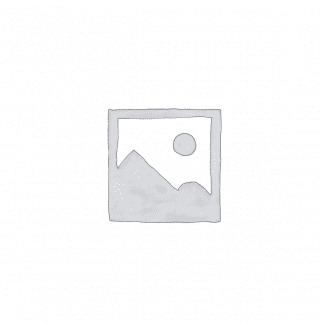1.0 INTRODUCTION Yoghurt is a cultural diary product produced by lactic fermentation of milk (Hui, 1992). Yoghurt is produced by the controlled fermentation of milk by two species of bacteria; Lactobacillus bulgaricus and Strptococcus thermophilus. These two species of bacteriae have now been established as the yoghurt starters. Any sort of milk may be used to make yoghurt, but modern production is dominated by cow milk. It is the fermentation of the milk sugar (Lactose) into lactic acid that gives yoghurt its gel-like texture and characteristics tang (Davis, 1974).
Milk is often regarded as being nature’s most complete food. It earns this reputation by providing many of the nutrients which are essential for the growth of the human body. It is an excellent source of protein, vitamins, minerals particularly calcium
DOWNLOAD COMPLETE WORK- For Reference Only: Materials are for research, citation, and idea generation purposes and not for submission as your original final year project work.
- Avoid Plagiarism: Do not copy or submit this content as your own project. Doing so may result in academic consequences.
- Use as a Framework: This complete project research material should guide the development of your own final year project work.
- Academic Access: This platform is designed to reduce the stress of visiting school libraries by providing easy access to research materials.
- Institutional Support: Tertiary institutions encourage the review of previous academic works such as journals and theses.
- Open Education: The site is maintained through paid subscriptions to continue offering open access educational resources.




